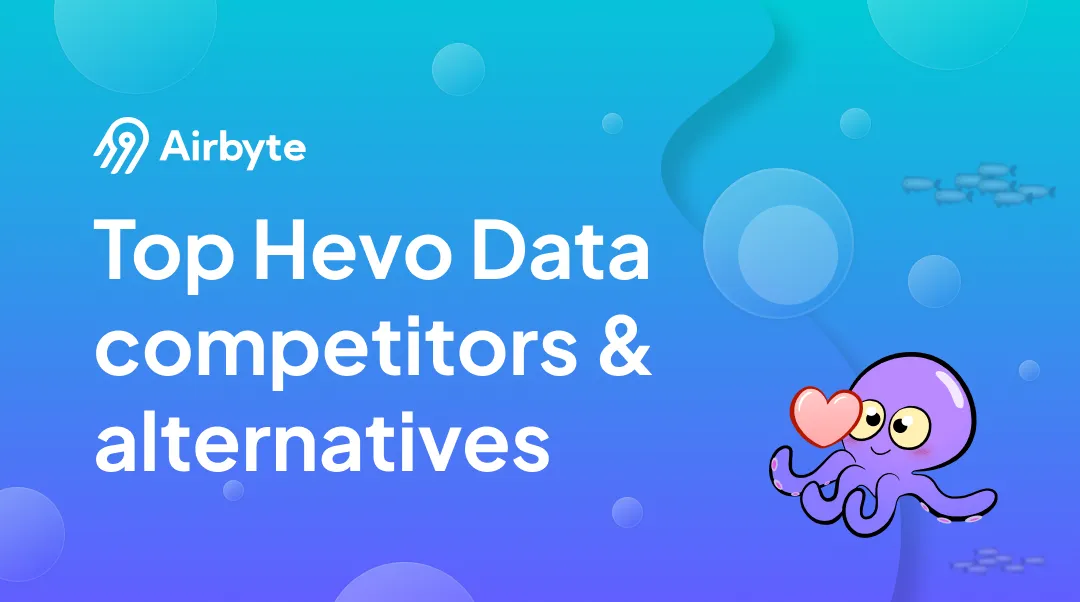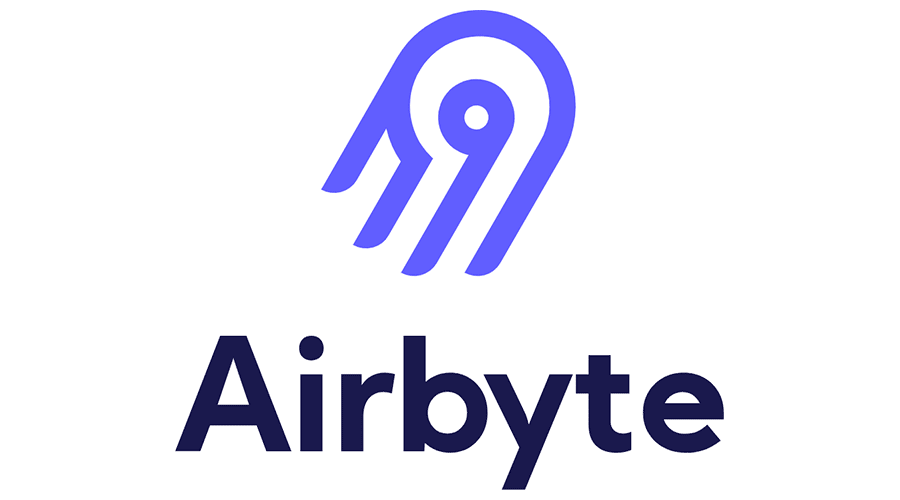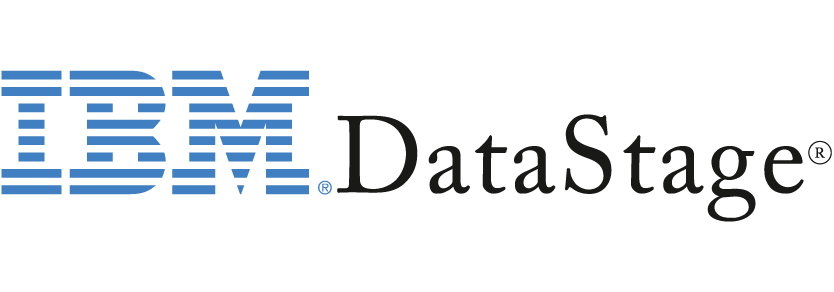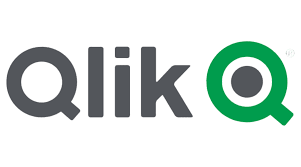Top 10 Hevo Data Competitors & Alternatives 2026
Summarize this article with:


Hevo is a leading data integration tool that allows you to automate the ETL or ELT process from disparate sources to destinations of your choice. With its cutting-edge features like pre-built connectors, historical data sync, and data deduplication, the platform has become a go-to choice for data integration practices.
However, with all these features, Hevo has some limitations that can challenge your specific use case. To overcome this challenge, we will discuss some Hevo data competitors and alternatives in this article. So let's get started!
Here is a quick comparison on top 5 Hevo alternatives:
Top 10 Hevo Competitors & Alternatives
Here are the top ten competitors of Hevo data:
1. Airbyte

Airbyte is a cloud-based data integration tool that uses a modern ELT approach to centralize data from disparate data sources to destinations. The platform provides the most extensive catalog with over 400+ pre-built connectors. Along with these connectors, the platform offers you several ways, such as UI, API, Terraform Provider, and PyAirbyte, to build customized data pipelines for your requirements.
Beyond connectors, Airbyte offers many cutting-edge features to streamline data integration. This includes monitoring and scheduling capabilities, robust security measures, and support for structured and unstructured data sources for your data and AI use cases.
Airbyte also has an open-source version with a vibrant community of over 20000+ members. So, if you have a data integration requirement, you can leverage the robust platform for free.
Key features of Airbyte:
- RAG Transformation: You can integrate Airbyte with LLM frameworks, like LangChain and LlamaIndex, to conduct RAG transformations and improve your LLM-generated outcomes.
- PyAirbyte: PyAirbte is an open-source Python library provided by Airbyte. You can leverage it to extract and transform data from multiple sources and move your datasets into multiple SQL caches.
- Customized Connectors: In its extensive library of connectors, you can create a custom one using its no-code connector builder if you don't find pre-built connectors of your choice. Over 2000+ engineers build connectors using its Connector Development Kit every month, and you can add yours too.
- AI Connector Builder: Building custom connectors with Airbyte is now easier than ever! Airbyte’s Connector Builder has a new AI-powered assistant that can read through the API documentation to detect authentication, pagination, and streams without human intervention. You can check out this hands-on tutorial to know more.
- Change Data Capture (CDC): Airbyte provides a CDC feature for many connectors. This feature lets you capture and replicate only the changed data from the source to the destination system, ensuring efficient synchronization.
- Refresh Sync: While Airbyte offers multiple sync modes, Refresh Sync is quite useful in times when your source is unreliable or does not sync records that were removed. Unlike incremental sync modes that only sync update records, Refresh Sync ensures all the records in your destination are fully updated. When you run this sync mode, the data in your destination remains available for querying, thus avoiding data downtime entirely.
- Flexible Deployment: Unlike most data integration tools, which only provide a cloud-based deployment model. Airbyte offers cloud-based and self-hosted deployment models, so you can choose the option that fits your business requirements or use both models interchangeably.
Pricing
Airbyte provides four versions: Open Source, Cloud, Team, and Self-Managed Enterprise, and pricing for all versions varies differently. The open-source version is free and managed by its robust community of developers. The Airbyte Cloud version offers a pay-as-you-go model, so you only pay for your consumed credits. Lastly, the Team and the Self-Managed Enterprise versions have customized pricing.
Advantages Over Hevo
- Multiple Deployment Options: Airbyte has several deployment and hosting options, like self-hosted, cloud-managed, and hybrid. However, Hevo only offers a cloud-managed deployment.
- Data Preparation for Vector Databases: You can load unstructured data directly into a vector database of your choice. Airbyte supports automatic chunking and indexing options, which allow you to transform and store data in eight vector databases.
- Custom Transformations: With Airbyte, you can leverage dbt Cloud to create and run dbt transformations on your raw data. This helps you clean, standardize, and prepare your datasets for further analysis.
- Extensive Library of Pre-built Connectors: Airbyte offers over 400+ pre-built connectors, while Hevo only has 150+ pre-built connectors. So, you will find more options in Airbyte to meet your specific data source connector requirement instead of building in-house connectors.
- Cost-efficient Solution: Hevo only has paid versions, but Airbyte also provides an open-source version that is free to use for basic data integration workflows. This enables you to explore a more flexible product without undergoing any security compliance process. Additionally, you can tap into Airbyte’s vibrant community for support on any issues that may arise. Thus, Airbyte is more cost-effective than Hevo.
💡Suggested Read: Open Source ETL Tools
2. Fivetran

Fivetran is a modern, cloud-based data movement platform that automates the ETL process. The platform is designed to allow data-driven organizations to streamline ELT data between a wide range of sources and destinations with its extensive library of connectors.
Fivetran's user-friendly interface allows you to perform complex configurations with just a few clicks to maintain ease in the data integration process. These configurations include Change Data Capture (CDC), data transformation, and security compliance.
Pricing
Fivetran has four solutions: Free, Starter, Standard, and Enterprise. The pricing in all the solutions is based on monthly active rows.
Advantages Over Hevo
- Compared to Hevo, Fivetran has way more pre-built connectors.
- It offers data blocking and column hashing features, which allow you to block or conceal personally identifiable information while sharing certain tables or columns.
- Fivetran also offers a command line interface (CLI) to manage your data pipelines.
3. Matillion

Matillion is a cloud-based data ingestion and transformation tool. The platform is mostly known for providing a visual, low-code interface for designing, orchestrating, and managing data pipelines. However, the main focus of Matillion is not the ease of use. While all other data integration platforms focus on automation, Matillion stands out as a platform built for developers to create complex data pipelines.
Pricing
Matillion has three solutions: Basic, Advanced, and Enterprise. All the plans follow a pay-as-you-go model, so you get billed only based on the credits you use. The basic plan costs $2 per credit, the advanced plan costs $2.50 per credit, and the enterprise version has customized pricing.
Advantages Over Hevo
- Matillion is a code-oriented platform built for developers. This allows you to build a more customized data pipeline than Hevo.
- Hevo has fixed pricing, and Matllion follows a pay-as-you-go model, so Matillion can be more budget-friendly.
4. Stitch

Stitch is a no-code enterprise-grade ELT platform enabling you to create customized data pipelines easily. The platform acquires a more stripped-back approach and focuses on providing a straightforward, easy-to-use platform for developers and business professionals.
Stitch offers over 140+ pre-build connectors for connecting with specific data sources that meet your requirements. These connectors automate the pipeline creation to pull data and send it to the desired storage system.
In addition, Stitch allows you to perform basic data transformation tasks such as data aggregation, data type conversion, and manipulation. However, you must use Talend (its parent company) to perform advanced data transformation tasks.
Pricing
Stitch provides three solutions: Standard, Advanced, and Premium. The standard version costs $100, the advanced version costs over $1,250, and the premium version costs over $2,500 monthly.
Advantages Over Hevo
- Stitch is a part of Talend, which offers a suite of applications for different data management services. Therefore, you get more advanced features of Talend for transformation.
5. Informatica

Informatica is a unified platform that provides products for data integration, quality, virtualization, master data management, and more.
In all these services, one of its leading solutions is Informatica PowerCenter. The platform offers data replication tools that allow you to replicate data from source to destination using the ELT or ETL approach. PowerCenter is built for enterprise-grade scalability with huge connectivity with adapters for connecting to various applications and data sources.
In addition, Informatica PowerCenter has many cutting-edge features for centralizing data, including parallel processing, data re-run, reuse, and visual ETL.
Pricing
Informatica PowerCenter has custom pricing based on Informatica processing unit consumption (IPU).
Advantages Over Hevo
- Informatica is a unified platform. You can get almost any data management services inside its suite of applications. Therefore, you don't have to jump around different environments for different requirements.
- Informatica has more enterprise-grade features than Hevo, including big data warehousing and master data management (MDM).
6. IBM DataStage

Part of the IBM suite of applications, DataStage claims to be an industry-leading data integration tool that helps you design, develop, and run jobs that move and transform data. The platform supports both the Extract, Transform, Load (ETL) and the Extract, Load, and Transform (ELT) approach. You can choose between two versions of the platform: one is a basic version of the software for on-premises deployment, and the other is IBM Cloud PAK for Data for robust automation integration capabilities.
Pricing
IBM DataStage has customized pricing.
Advantages Over Hevo
- IBM DataStage easily integrates with other IBM solutions and products, such as IBM Watson, IBM InfoSphere Information Server, and IBM Cloud Pak for Data. This allows you to leverage additional data management capabilities and services.
7. Rivery

Rivery is a data integration platform that streamlines the process of centralization from different data sources to destinations such as data warehouses. The platform is primarily known for its ability to integrate data and provides data activation, transformation, and workflow management capabilities. Rivery's easy-to-use graphical interface and over 200+ pre-built connectors allow you to automate most of the tasks in data pipeline creation. With automation, it doesn't lack flexibility. Using this tool, You can code in SQL and Python to perform complex data transformations.
Pricing
Rivery has three versions: starter, professional, and enterprise. The starter plan costs $0.75 per rivery pricing unit (RPU) monthly credit. The professional plan costs $1.20 per RPU credit monthly. The enterprise plan has customized pricing.
Advantages Over Hevo
- Rivery provides a unified platform to complement data integration, including data orchestration, transformation, and activation.
- Unlike Hevo, Rivery, which supports reverse ELT by default to perform tasks like data activation.
8. Qlik Replicate

Qlik Replicate is a data replication and integration tool designed for enterprise data movement. It enables organizations to efficiently replicate, synchronize, and ingest data from various sources to cloud or on-premises data warehouses. The platform supports real-time data streaming with Change Data Capture (CDC) capabilities, ensuring minimal latency and high availability.
Pricing
Qlik Replicate offers customized pricing based on business needs, data volume, and deployment type. Organizations can request a demo or a quote from Qlik’s sales team.
Advantages Over Hevo
- Supports a wide range of enterprise databases, including mainframes and legacy systems.
- Provides advanced CDC capabilities with real-time data movement across hybrid environments.
- Ensures enterprise-grade security with data encryption and role-based access control.
9. Skyvia

Skyvia is a no-code cloud-based data integration platform that enables businesses to automate ETL, ELT, and data synchronization processes. It provides seamless data movement between cloud apps, databases, and data warehouses through its extensive connector library.
Pricing
Skyvia offers multiple pricing tiers, including a free plan, with paid plans starting from $79/mo for 5m records.
Advantages Over Hevo
- No code making it easier for non-developers to use.
- Offers built-in backup and restore functionality.
10. Integrate.io

Integrate.io is a cloud-based ETL and data pipeline platform designed to simplify data movement across multiple sources. It provides a low-code interface to extract, transform, and load data into cloud data warehouses like Snowflake, BigQuery, and Redshift.
The platform features a user-friendly visual workflow builder, allowing users to design data pipelines without complex coding. It also supports API connectors and webhooks, enabling seamless data automation across cloud services.
Pricing
Integrate.io offers custom pricing based on the number of data connectors, pipeline runs, and features. Prospective users can request a demo to get a personalized pricing plan.
Advantages Over Hevo
- Low-code workflow builder simplifies ETL processes.
- Provides webhook support for real-time data integration.
- Offers built-in transformation capabilities.
Conclusion
In this article, you have learned about ten alternatives and competitors to Hevo Data. Every tool has a unique use case and features that you can match with your specific requirements. For instance, Fivetran can handle schema evolution, Matillion might be useful for getting a friendly interface, and IBM DataStage can help create a unified platform.
However, if your concern is data integration using the ELT approach without much effort, then Airbyte is an ideal platform. More than 40,000 engineers use Airbyte for data replication practices. Join its vibrant community and sign up with Airbyte today!
What should you do next?
Hope you enjoyed the reading. Here are the 3 ways we can help you in your data journey:



Frequently Asked Questions
What is ETL?
ETL, an acronym for Extract, Transform, Load, is a vital data integration process. It involves extracting data from diverse sources, transforming it into a usable format, and loading it into a database, data warehouse or data lake. This process enables meaningful data analysis, enhancing business intelligence.
This can be done by building a data pipeline manually, usually a Python script (you can leverage a tool as Apache Airflow for this). This process can take more than a full week of development. Or it can be done in minutes on Airbyte in three easy steps: set it up as a source, choose a destination among 50 available off the shelf, and define which data you want to transfer and how frequently.
The most prominent ETL tools to extract data include: Airbyte, Fivetran, StitchData, Matillion, and Talend Data Integration. These ETL and ELT tools help in extracting data from various sources (APIs, databases, and more), transforming it efficiently, and loading it into a database, data warehouse or data lake, enhancing data management capabilities.
What is ELT?
ELT, standing for Extract, Load, Transform, is a modern take on the traditional ETL data integration process. In ELT, data is first extracted from various sources, loaded directly into a data warehouse, and then transformed. This approach enhances data processing speed, analytical flexibility and autonomy.
Difference between ETL and ELT?
ETL and ELT are critical data integration strategies with key differences. ETL (Extract, Transform, Load) transforms data before loading, ideal for structured data. In contrast, ELT (Extract, Load, Transform) loads data before transformation, perfect for processing large, diverse data sets in modern data warehouses. ELT is becoming the new standard as it offers a lot more flexibility and autonomy to data analysts.
